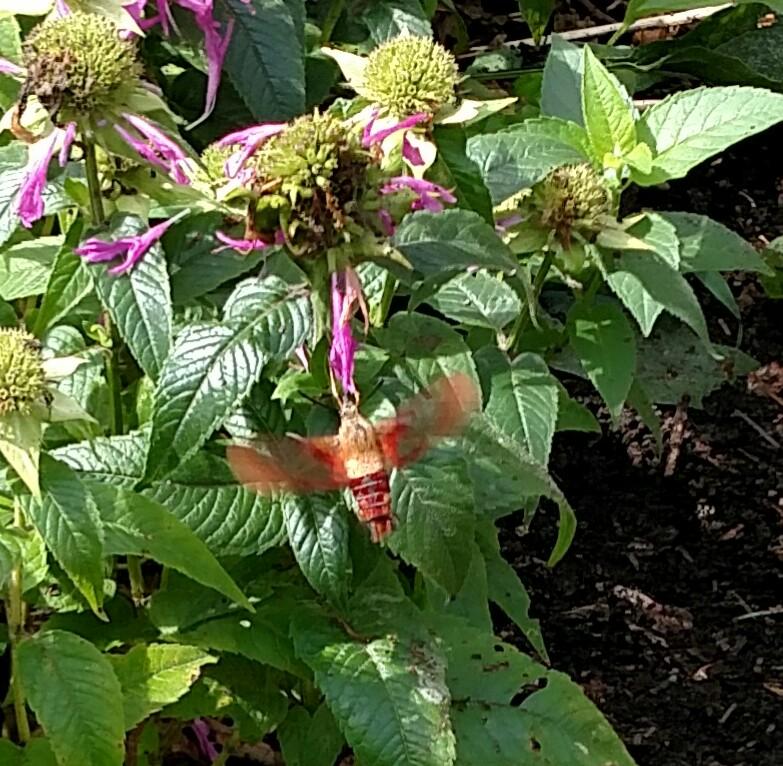Dear Elaine,
My children just love the colorful butterflies that are flittering about our backyard. How can we attract more of these gorgeous creatures?
Thank you.
Lorraine
Dear Lorraine,
I’m so glad to hear that you are interested in attracting butterflies and other pollinators to your property. The variety of butterflies in New Jersey is expansive in color and species. Butterflies and moths belong to the second largest order of insects (next to beetles) with approximately 170,000 species worldwide. Some of New Jersey’s most easily identified include the monarch, fritillary, swallowtail, viceroy, sulfurs, skippers, painted lady and Luna moth.
 Plant pollinators are more than just pretty butterflies. They include bees, moths, flies, wasps, hummingbirds, hummingbird moths and some birds. You can create a “pollinator paradise” by providing the things they need — a safe shelter, food and water.
Plant pollinators are more than just pretty butterflies. They include bees, moths, flies, wasps, hummingbirds, hummingbird moths and some birds. You can create a “pollinator paradise” by providing the things they need — a safe shelter, food and water.
A safe shelter could be the debris in the garden in winter. Or trees and shrubs for resting and egg-laying. Food includes both pollen and nectar. Caterpillar larvae also need a plant to devour since that is the feeding stage of the butterfly’s life cycle. Monarch butterflies only eat milkweed leaves. Black swallowtail eat plants in the parsley or carrot family (dill, fennel, coriander, celery, etc). Water can be provides in the hollow of a rock. Pollinators will also drink from puddles and bird baths!
A successful pollinator garden includes a diversity of plants. Lots of color, even white, which will attract night-flying moths. Provide different types of flowers — compound flowers (like daisies or coreopsis), tubular flowers (salvia), and more. Have a long blooming season with different plants that have something to offer from spring to fall. Plant in drifts, clumps or sweeps of three or more of one plant species. Do your garden clean-up in the spring, NOT the fall. Some plant seeds need a cold treatment to germinate in the spring, like purple coneflower.
I designed a pollinator garden at Laurelwood Arboretum, just in front of the Education Greenhouse. Plants include purple-colored blazing star and ornamental sage, pink-colored milkweed, beebalm, coneflower and phlox, yellow goldenrod and tickseed, and white-flowering English daisies, coneflower and blazing star. This garden, and two other locations at Laurelwood, qualified as a certified Monarch Waystation. The program started at the University of Kansas as an organization that focuses on the monarch butterfly, its habitat and its fall migration.
Visit us Sunday, August 4, 12:30 – 4 pm, for Bee and Butterfly Day. 12:30 – 1:30 pm is a spectacular film about bees followed by an interpretive display and Q&A with Beekeeper Jim LaConte (THERE WILL BE NO LIVE BEES). 2 – 4 pm will have actual butterflies in various stages of development, an interpretive display and colorful flowers at the Monarch Waystations in the Pollinator Garden and Sensory Garden. See you there.
Happy Gardening!
Elaine Fogerty, Executive Director
